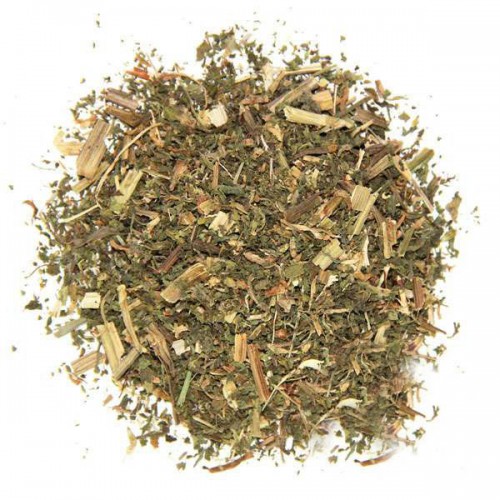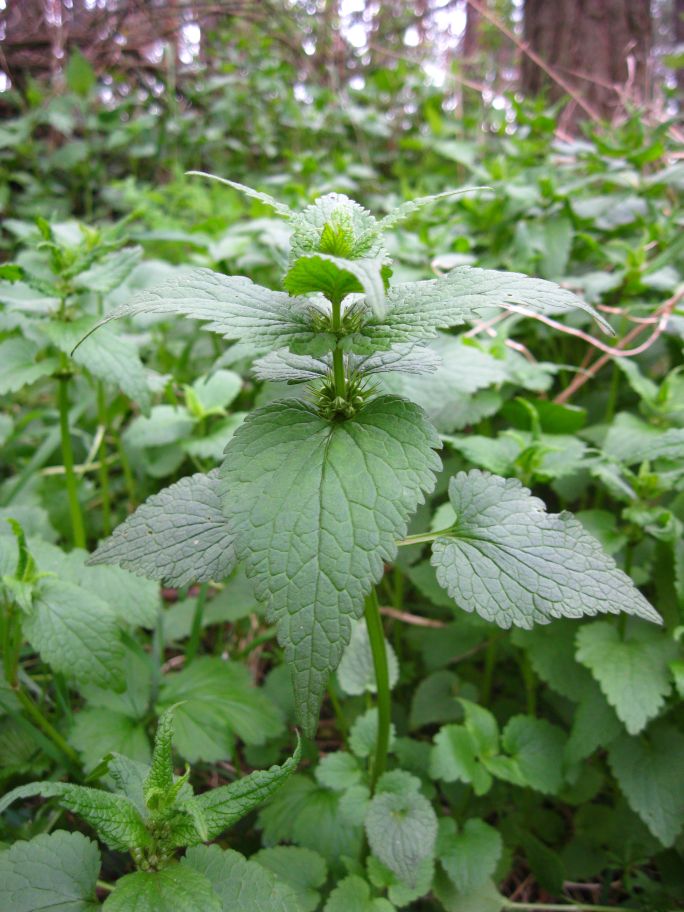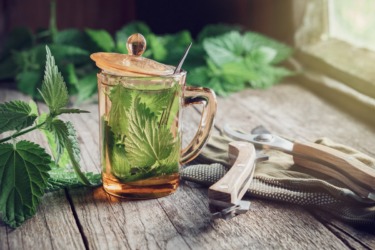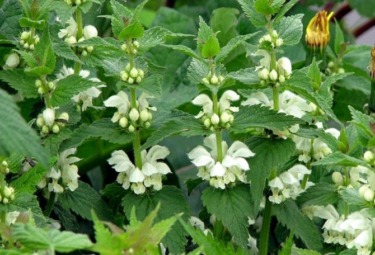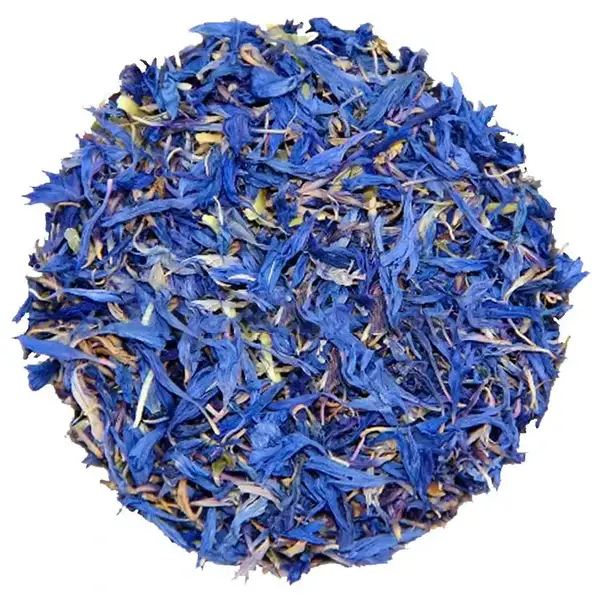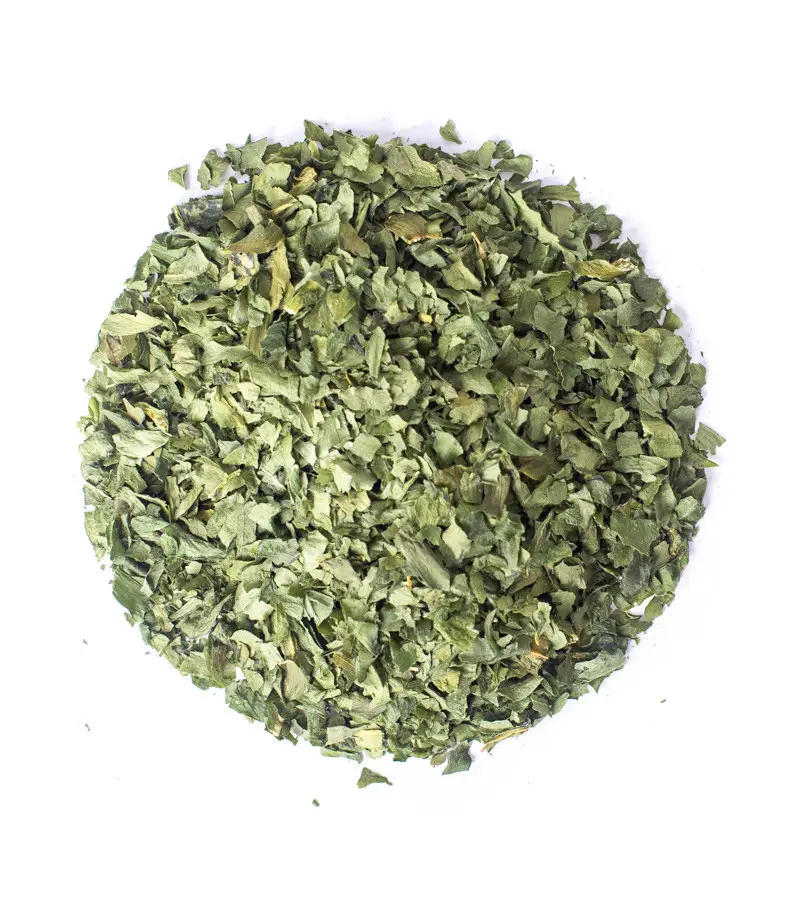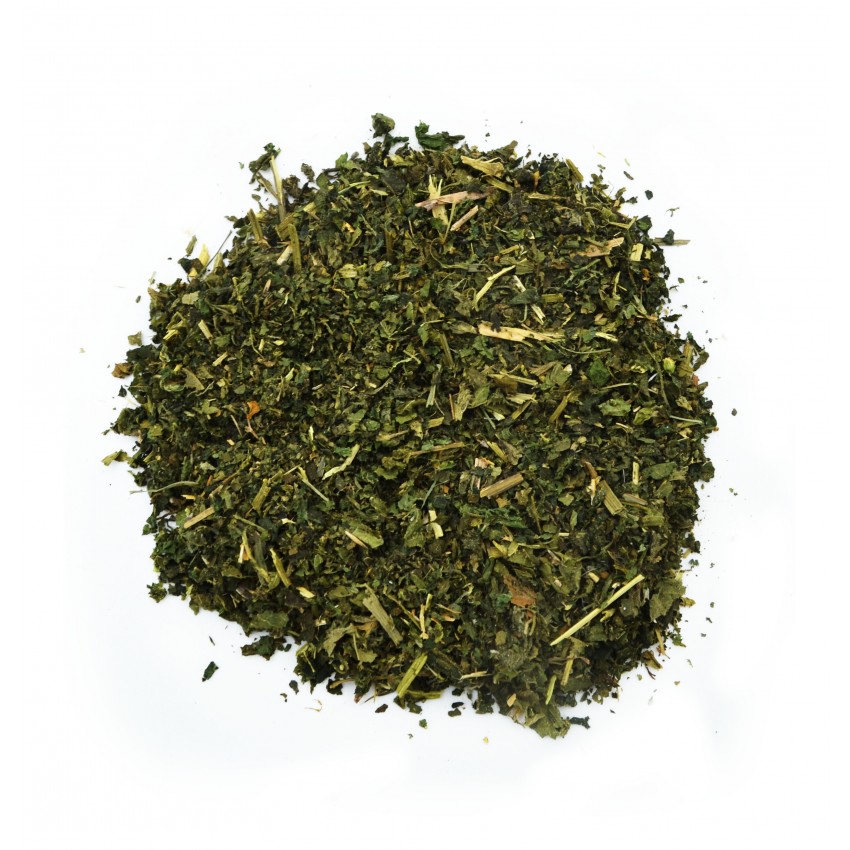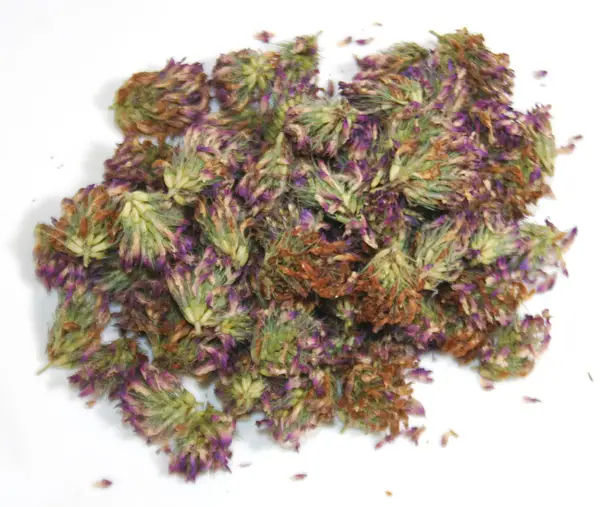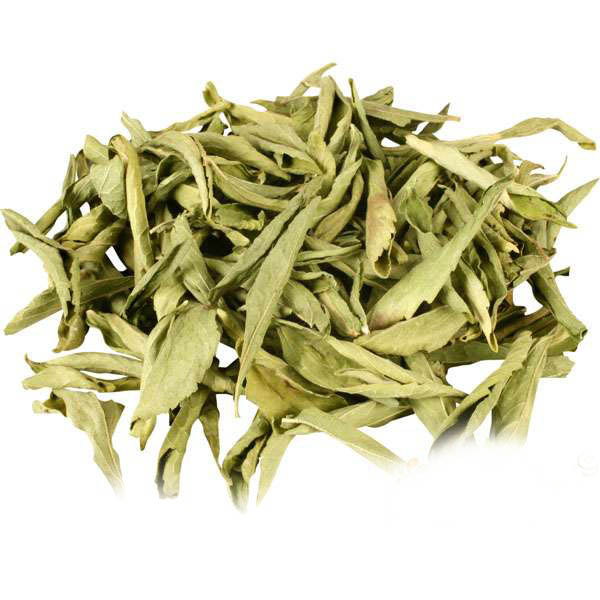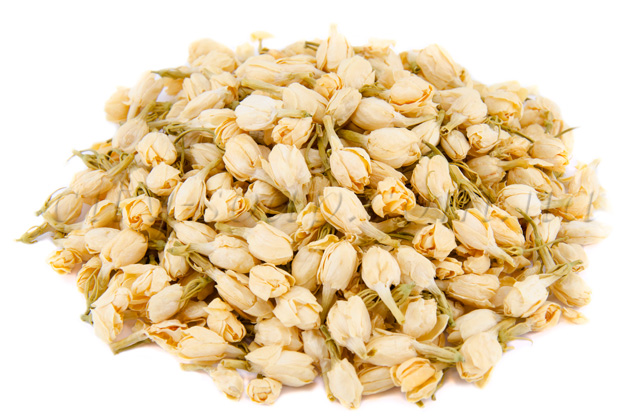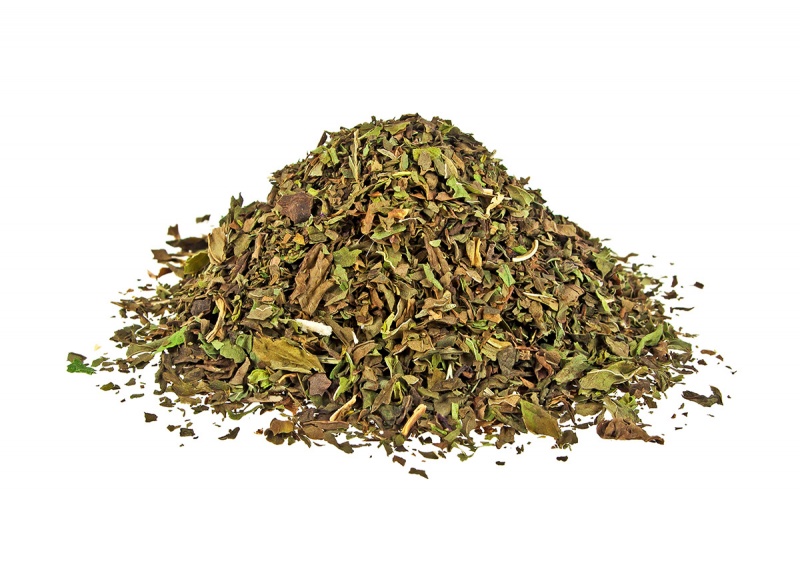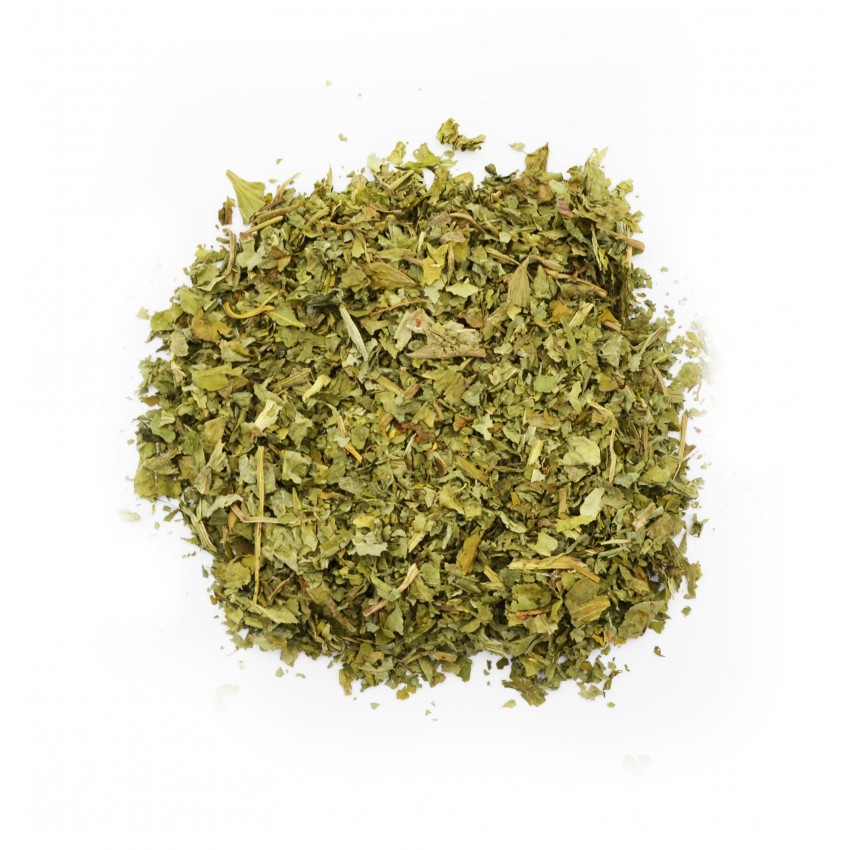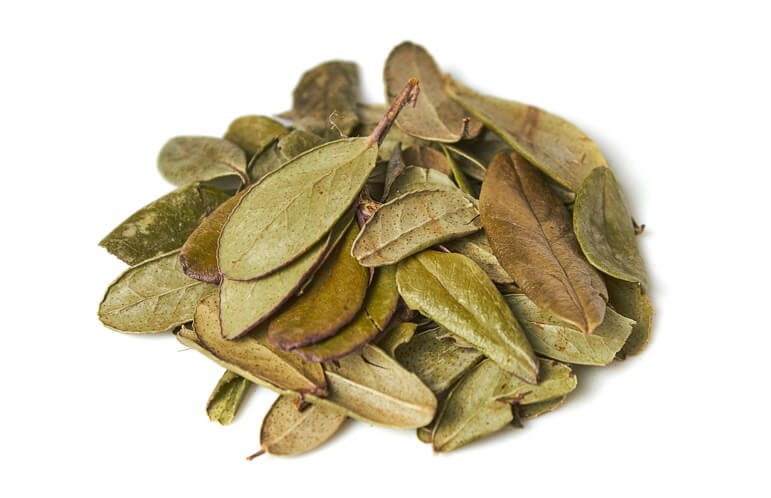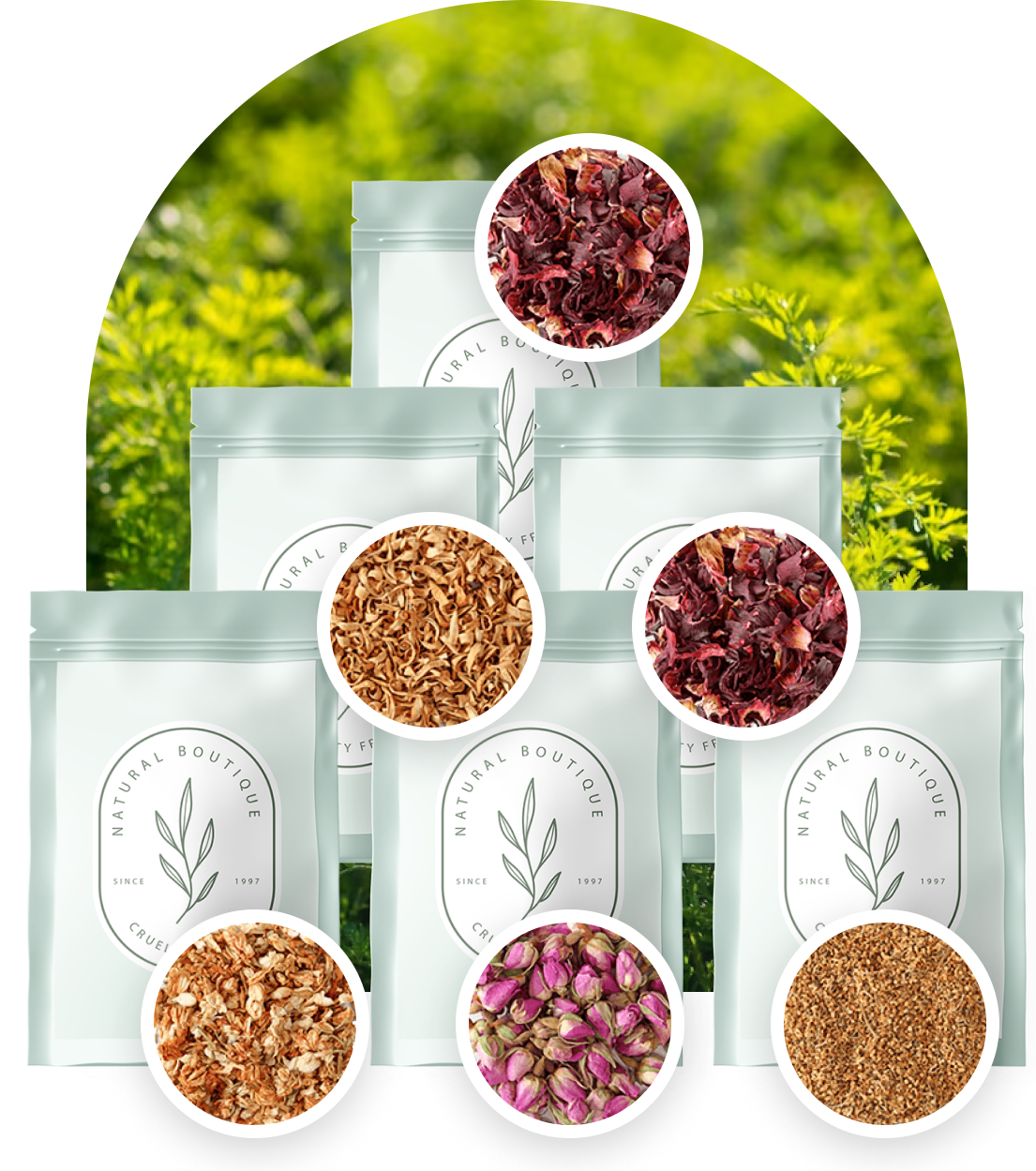Dead nettle is widely used in folk medicine as a hemostatic, blood-purifying, sedative, anti-inflammatory, diuretic, tonic and expectorant, and as a metabolic regulator.
Dead nettle has proven itself in the treatment of diseases of the respiratory tract and oral cavity. Means are used locally, in the form of rinses and inhalations for sore throat, bronchitis and bleeding gingivitis. Due to the ability to thin sputum, the infusion is used for expectoration in tracheitis and bronchial asthma.
The infusion of the plant is also used for acute and chronic inflammatory processes in the urinary tract. Dead nettle preparations are used internally as a hemostatic agent for nasal and hemorrhoidal bleeding. Traditional healers advise using stinging nettle for pulmonary, intestinal, and uterine bleeding.
Dead nettle has a good effect on the digestive system, because it perfectly normalizes exchange processes, metabolism and is used for gastrointestinal diseases, helps with hemorrhoids.
The healing properties of dead nettle have also found their place in gynecology, where herbal tea is used to induce breast milk in mothers.
In practice, a calming effect on the human nervous system was also found. It is recommended to use for nervous excitement, hysteria and insomnia. Also, using preparations made from dead nettle, you can relieve headache, toothache, chest and neck pain, and improve general well-being.
Infusion of flowers is used in dermatology as a blood purifier and for the treatment of skin diseases. The flowers and leaves of the plant promote healing of wounds, ulcers, burns and cracks, relieves itching and flaking of the skin.
